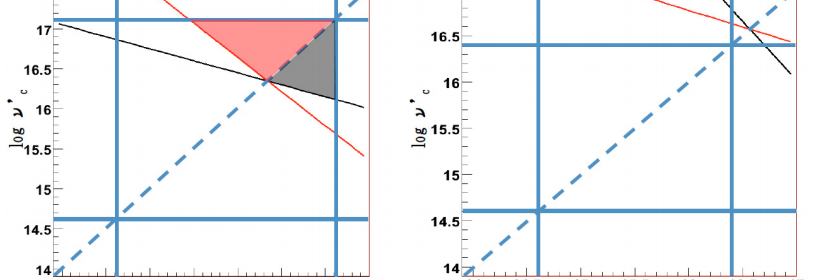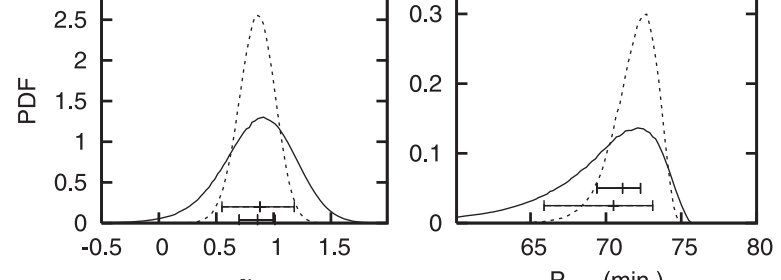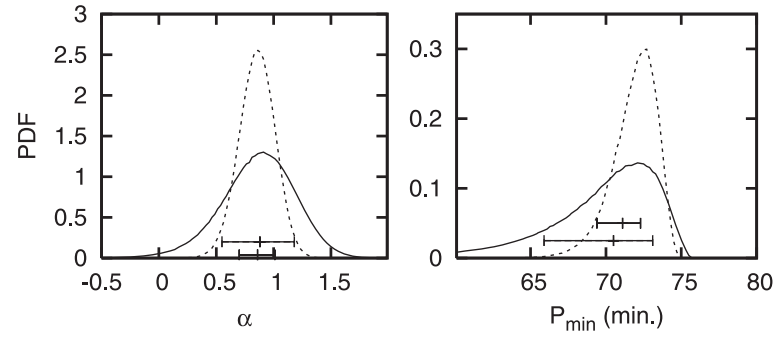Infrared/optical – X-ray simultaneous observations of X-ray flares in GRB 071112C and GRB 080506

T. Uehara, M. Uemura, K. S. Kawabata, Y. Fukazawa, R. Yamazaki, “Infrared/optical – X-ray simultaneous observations of X-ray flares in GRB 071112C and GRB 080506”, A&A, vol. 519, p. 56, 2010.
We investigate the origin of short X-ray flares which are occasionally observed in early stages of afterglows of gamma-ray bursts (GRBs). We observed two Swift events, GRB 071112C and GRB 080506, before the start of X-ray flares in the optical and near-infrared (NIR) bands with the 1.5-m Kanata telescope. In conjunction with published X-ray and optical data, we analyzed densely sampled light curves of the early afterglows and spectral energy distributions (SEDs) in the NIR-X-ray ranges. We found that the SEDs had a break between the optical and X-ray bands in the normal decay phases of both GRBs regardless of the model for the correction of the interstellar extinction in host galaxies of GRBs. In the X-ray flares, X-ray flux increased by 3 and 15 times in the case of GRB 071112C and 080506, respectively, and the X-ray spectra became harder than those in the normal decay phases. No significant variation in the optical-NIR range was detected together with the X-ray flares. These results suggest that the X-ray flares were associated with either late internal shocks or external shocks from two-component jets.




